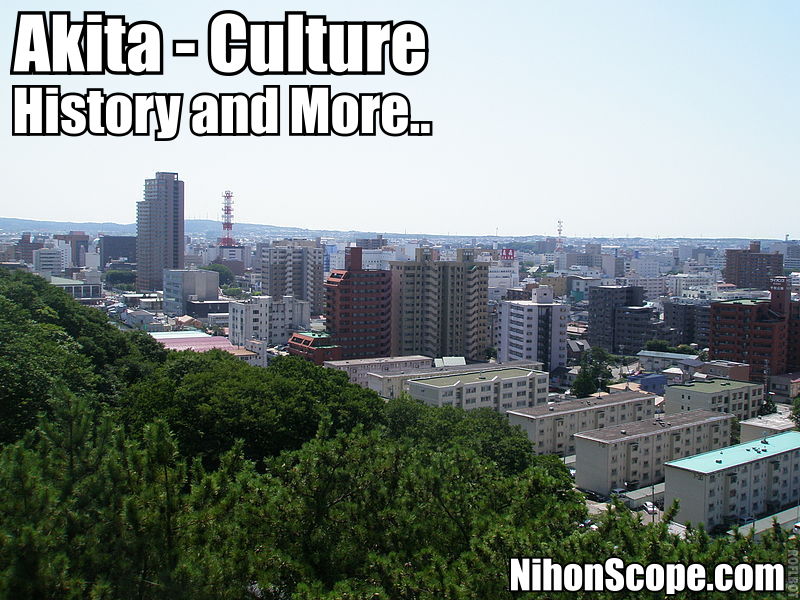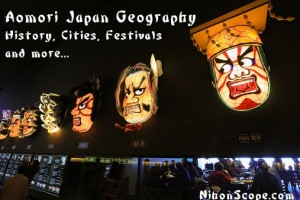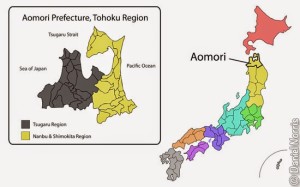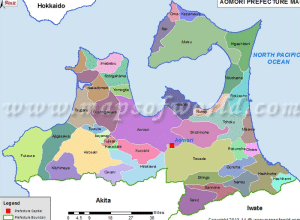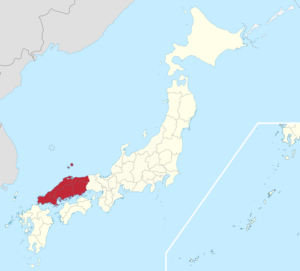 Chugoku Region of Japan – An Unseen Rural Beauty for Travelers Near and Far
Chugoku Region of Japan – An Unseen Rural Beauty for Travelers Near and Far
Enriched with unseen magnificence and least explored beauty, Chugoku is located in the western border of Honshu. Chugoku (中国地方, Chūgoku Chihō) covers prefectures Hiroshima and Okayama are well known for its history whereas Yamaguchi, Shimane and Tottori are rear stopover by most of the Japan’s travelers.
It’s rather easy to see how this area of Japan, “Chugoku” was given it’s name, Chuu mean Middle and Koku turns to Goku under Japanese rendaku which means “Middle of Country” which as you can see it literally is the middle of Japan, however it is interesting to note that the word Chuugoku also means China. Throughout Japans history it was alienated into various provinces known as Koku that was further divided based on supremacy and distance from the main island Kansai. This was through Japanese civil war “Sengoku” of the 1467 to 1615 where you would have ruling parties trying to gain control of the area through the use of samurai and ninja tactics.
If you are willing to take a break from the norm like visiting places like Kyoto and Tokyo. Then I highly recommend visiting the tranquil coastal regions in the south of Chugoku. The inland sea separates the three of five main inland’s i.e. Honshu, Shikoku, Kyushu in Japan and is a main source of trading and transportation across sea routes.
Many fantastic tourist location abound in Chugoku like onsen/hot springs, fishing & sailing spots as well as water sports like sea kayaking. Of course you can’t discount the incredible sea views and Mount Ishizuchi (which is the highest mountain in western Japan).
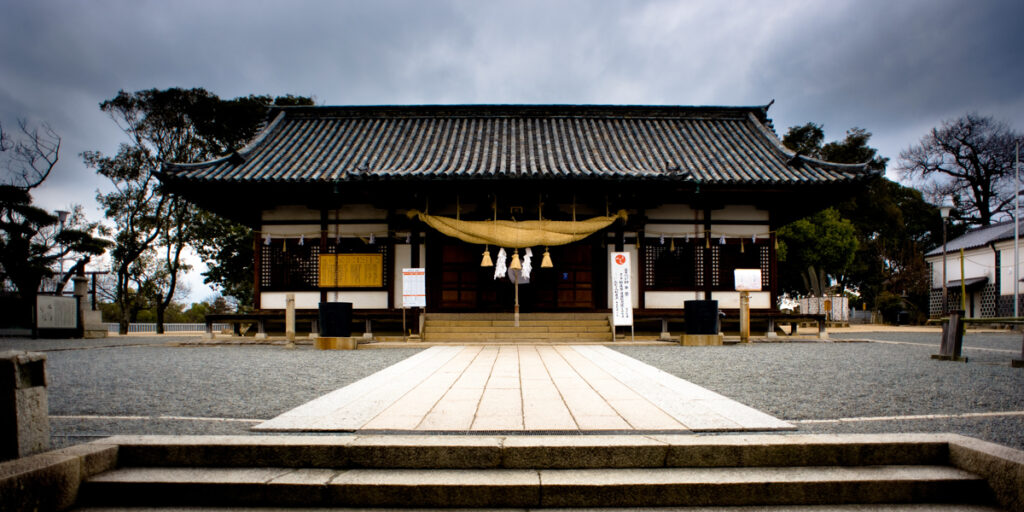
Chugoku also has some of the best foods you can sample while in middle Japan. You will find most of the seafood and local cuisine made of vegetables and Tofu. Some of the best appetizing food that will ever hit your taste buds:
- Hiroshima Okonomiyaki (Hiroshima)
- Izumo Soba (Shimane)
- Fruit Parfait
- Bara-Zushi (Okayama)
- Matsuba Gani (Tottori)
- Tecchiri (Yamaguchi)
- Kaki no Dotenabe (Hiroshima)
- Tofu Chikuwa (Tottori)
One of the Chugoku prefecture, Hiroshima prefecture due to its tragic past of the Atomic bomb blast in 1945 has now become a popular metropolitan city which now attracts many visitors (similarly as does Nagasaki in Kyushu). Sparing extra time, travelers also love to visit Okayama prefecture which is famous for Korakuen (Japan’s Top Landscape Gardens). Next subsequent location to look into is Kurashiki, which a gorgeous city known for momentous fort and some of the biggest marketplace in Japan.
Shimane prefecture is enclosed with the coastal region surrounded by Sea of Japan. Renowned for its ancient castles like Izumo-taisha, which is one of the oldest Shinto shrines in Japan, and Tokugawa-era Matsue Castle. In its close proximity, you will find Iwami Ginzan complex known as World Heritage spot. Adding more zeal, visit the historic buildings which were used by silver miners in ancient times.
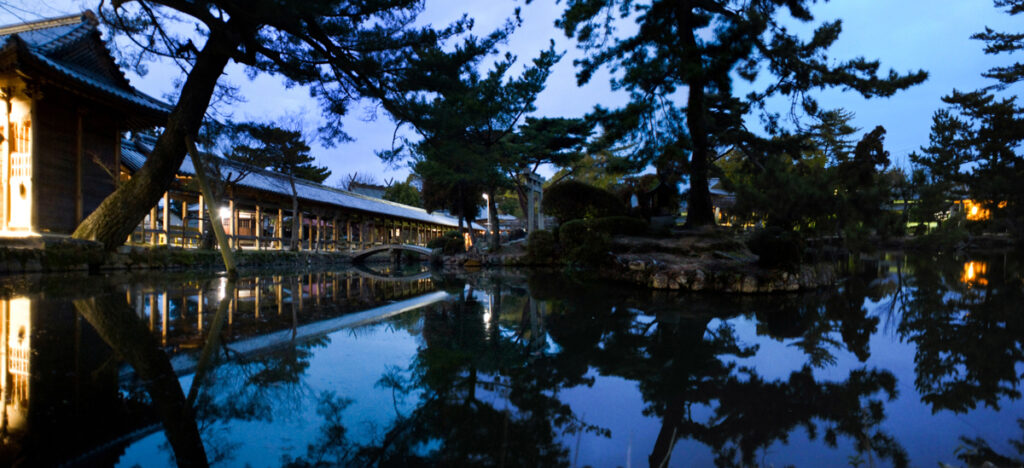
Tottori prefecture is covered with heavy sand regions across the coastal area of the Sea of Japan. Tottori also is covered with 50 meter high sand dunes as well, which appeals to travelers. Due to ample sand in the area, activities like camel riding and sand boarding has become popular among the locals and foreigners to the area.
Last but not the least; Yamaguchi prefecture is a land of Natural Parks as written below:
- Setonaikai National Park
- Akiyoshidai
- Kita-Nagato Kaigan
- Nishi-Chūgoku Sanchi
- Quasi-National Parks
- Chōmonkyō
- Iwakiyama
- Rakanzan
There are a number of festivals celebrated in Chugoku area that are famous for lights and traditional dance. A few of matsuri (festival) are below:
- Hatsukaichi City, Hiroshima: Kangensai Festival
- Kochi City, Kochi: Yosakoi Matsuri
- Tokushima: Awa Odori
- Niihama, Ehime: Taiko Festival
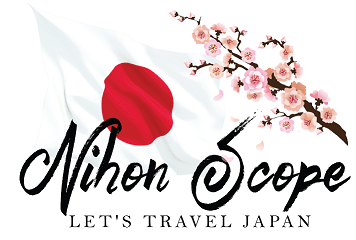
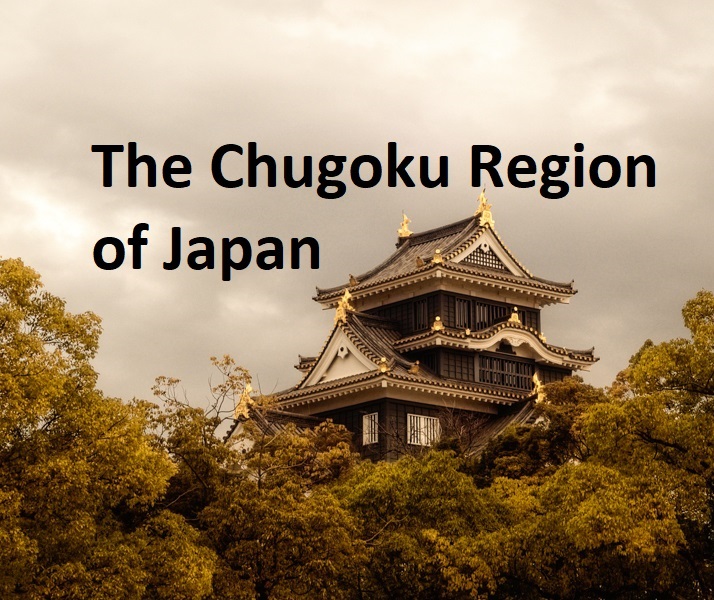
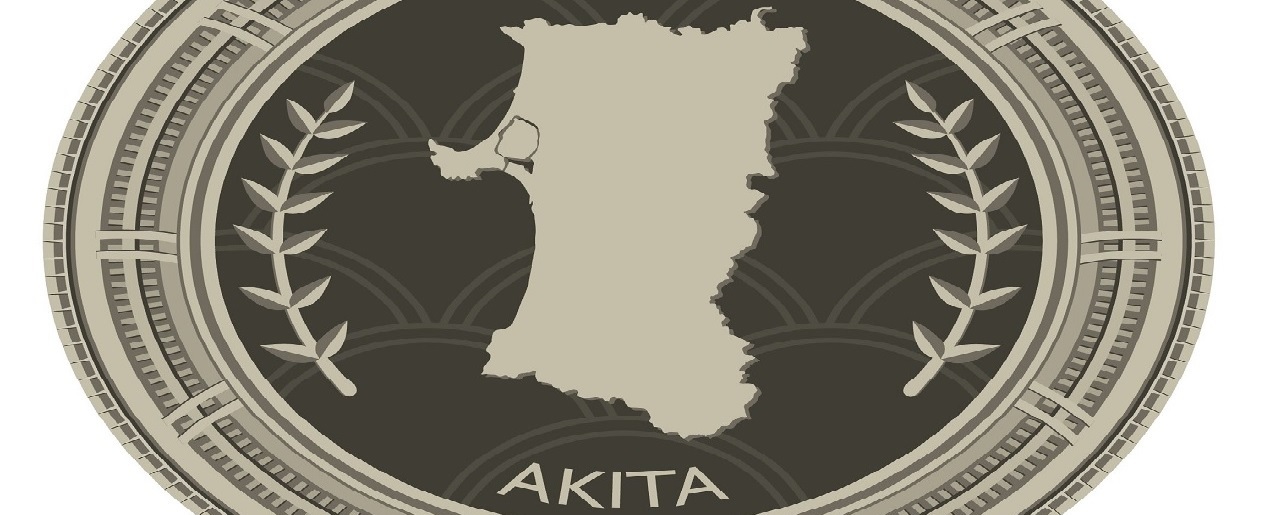

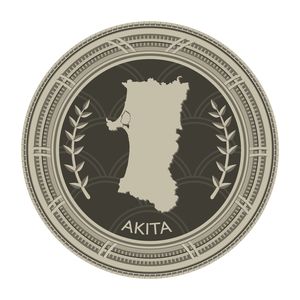 teeming with festivals, onsen, sightseeing, culture and women hunting >_<…
teeming with festivals, onsen, sightseeing, culture and women hunting >_<…